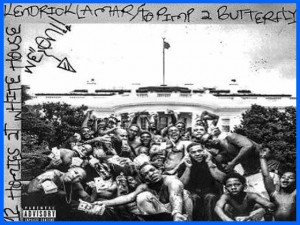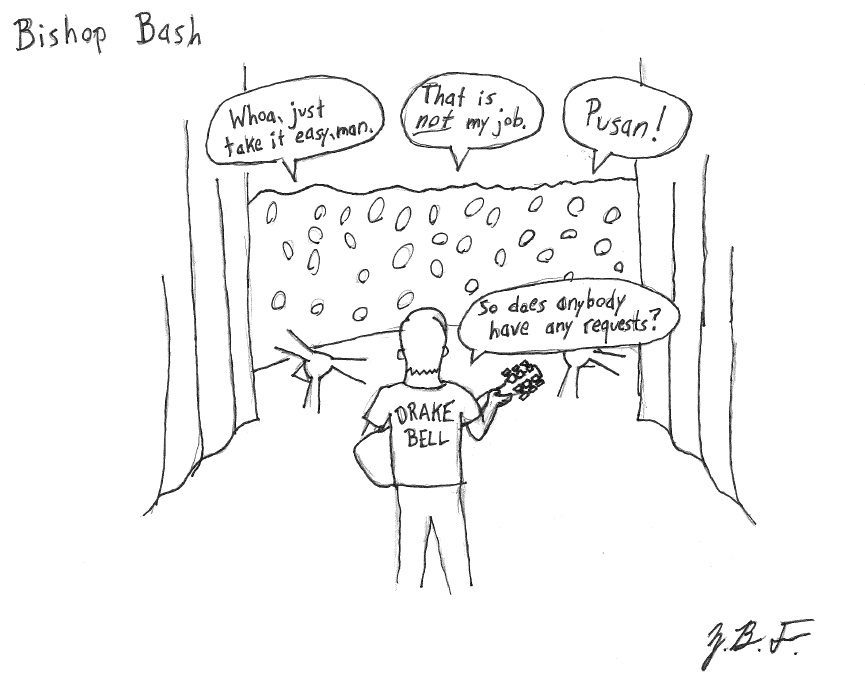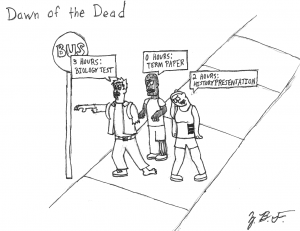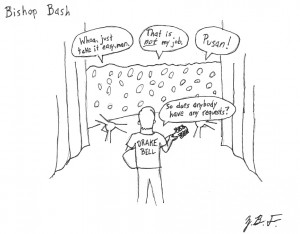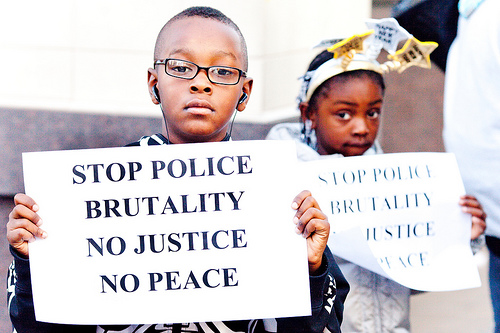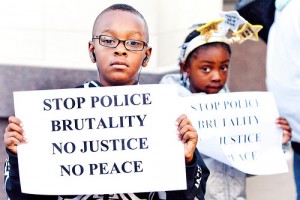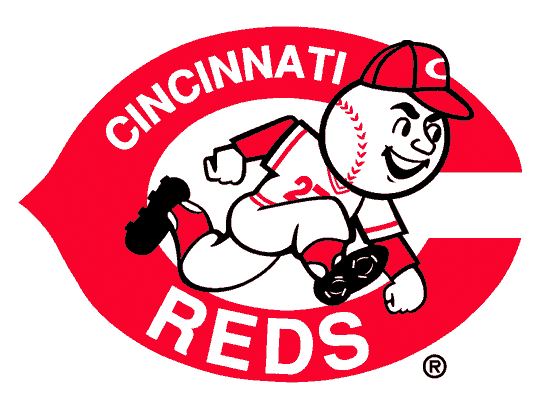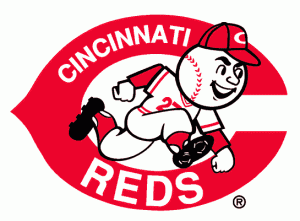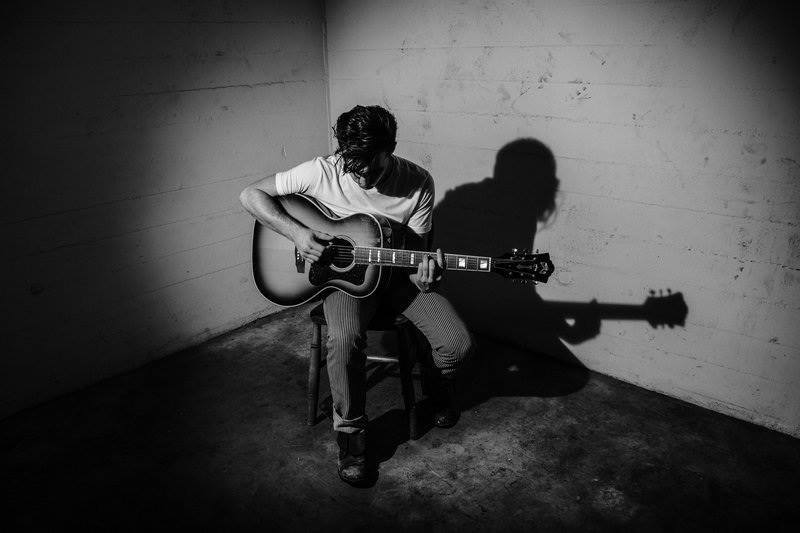
As quickly as Louisville pushed me out, it pulled me in again. Louisville is a city with an inviting twang and hospitality with flair. Louisville prides itself on feeling independent from the rest of Kentucky. In the 2008 presidential election, Louisville was one of the only cities in the state to vote democratic. Our electric blue rebelled against the overwhelming wall of red.
The pride of rebellion rings throughout the city. A Louisville rebellion is a challenge to normality. The city is painted with murals declaring our unyielding attempts to “stay weird.” Our streets are lined with shops promoting their independence. In Louisville “Mom and Pop” shops are hailed as royalty and the city divides depending on which stores hold their loyalty.
Our oddities are our battle cries. We wear them boldly and share them with anyone who may partially be listening. We recount the years that we have attended the annual Zombie Walk down our favorite road, Bardstown. We spout off any and all of the facts we have learned while living in Louisville; our production of 90 percent of the world’s disco balls usually at the forefront of our memory.
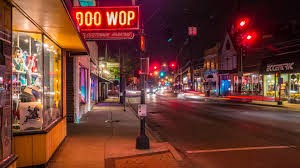
Louisville is a city that loves Louisville. Kentucky politician Albert “Happy” Chandler famously corralled that undying affection into a quote that has been recited endlessly to me and by me. A quote that has been printed on posters and tee shirts and mugs that will hold coffee with bourbon. A quote that every Louisvillian I know holds to be true: “I’ve never met a Kentuckian who wasn’t either thinking about going home, or actually going home.”
Louisville is a winding city that travels through me – all of its roads crisscrossing and converging to one spot. Each house has a multitude of potential routes of access. A drive toward home could be as quick or as prolonged depending on each turn taken. It weaves paths through sheltered catholic school kids, wandering college graduates, to the newly perfected family living in the Victorian house on the corner.
Louisville is a city of land. As only the 28th biggest city in America, we have more than 100 parks – Cherokee being one of the most visited in the nation. Almost every building has a floral counterpart. Our parks are not a sectioned off square of grass as in many cities. Our parks are monumental spaces of life. They are capable of engulfing you and losing you. They are engrained into the city.
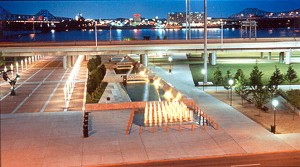
Waterfront Park carries Louisville. It is the spot for cruises on the Belle of Louisville. It holds the skate park for youths in revolt. It sits on the edge of the murky Ohio River and looks across, mockingly, at the state of Indiana. It is the setting for picnics, strolls and for live music. In the warmer months our local public radio station hosts free concerts featuring plenty a Bluegrass beat. Young mothers dance with their Montessori toddlers, hula hoops are spun and tossed in the air by barefoot hippies blowing bubbles while the city’s adored cellist performs under a string of fairy lights on stage.
Louisville has a hold on its inhabitants. It is a lover from years past who still brings a smile when remembered. Louisville is for lovers. Louisville is for haters. Louisville is for agents of relevance, children of small-business owners, and for old couples who sway in their wicker chairs and sip on sweet tea.
Louisville is longing. Louisville is rebellion. Louisville is odd. Louisville is self-admiration. Louisville is land. Louisville is devotion. Louisville is pride.



